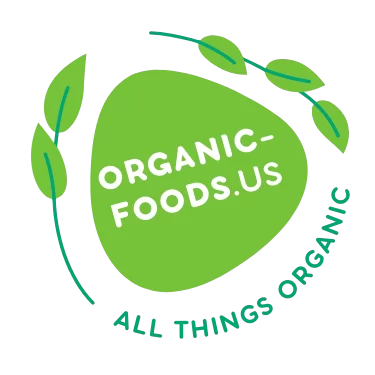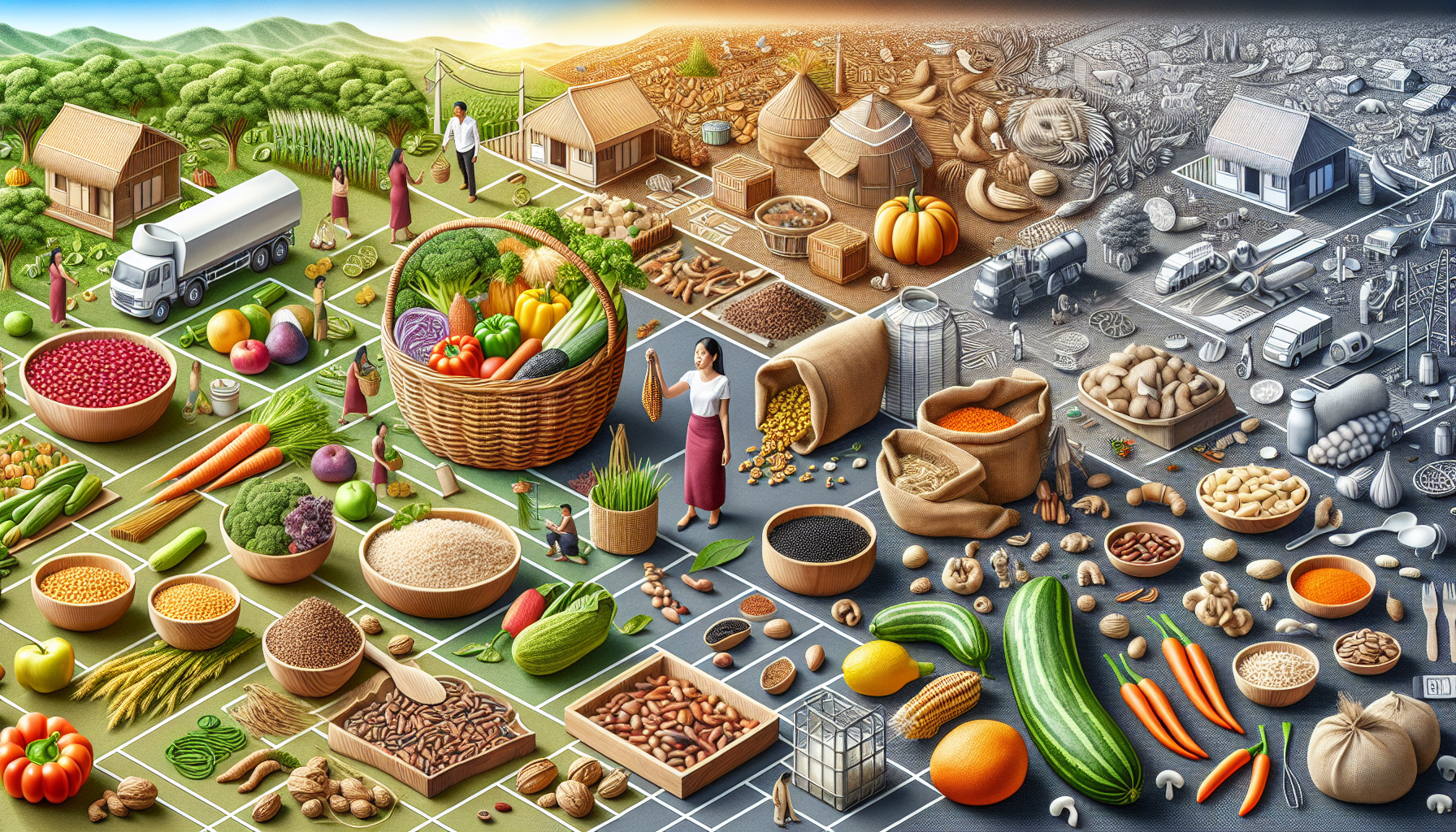Food Swaps for Low-Carbon Organic Living
Introduction to Low-Carbon Organic Living
In today’s world, where environmental concerns are at the forefront of many discussions, adopting a low-carbon lifestyle is more important than ever. One of the most impactful ways to reduce your carbon footprint is through the food you eat. By making smart food swaps, you can not only lower your environmental impact but also embrace a more organic way of living. This article will guide you through various food swaps that can help you achieve a low-carbon, organic lifestyle, making your daily choices both sustainable and healthy.
Understanding the Impact of Food Choices
Before diving into specific food swaps, it’s crucial to understand how our food choices affect the environment. The production, transportation, and disposal of food contribute significantly to greenhouse gas emissions. For instance, meat production, particularly beef, is known to have a high carbon footprint due to the methane emissions from livestock and the resources required for rearing animals. On the other hand, plant-based foods generally have a lower environmental impact. By choosing organic options, you also reduce the use of harmful pesticides and support sustainable farming practices.
Swapping Meat for Plant-Based Proteins
One of the most effective food swaps for reducing your carbon footprint is replacing meat with plant-based proteins. Legumes such as beans, lentils, and chickpeas are excellent alternatives that not only have a lower environmental impact but are also packed with nutrients. For example, a serving of lentils has a significantly lower carbon footprint than a serving of beef. Additionally, these plant-based proteins can be used in a variety of dishes, from soups and stews to burgers and patties, making them versatile and delicious options for any meal.
Another great swap is tofu and tempeh, which are made from soybeans. These products are not only high in protein but also have a much lower carbon footprint compared to meat. You can use tofu in stir-fries, smoothies, or even as a meat substitute in traditional dishes like lasagna or tacos. Tempeh, with its nutty flavor and firm texture, is perfect for grilling or crumbling into salads and sandwiches.
Choosing Organic Dairy Alternatives
Dairy products also have a significant environmental impact due to the resources required for dairy farming. Swapping traditional dairy for organic, plant-based alternatives can help reduce your carbon footprint. Options like almond milk, oat milk, and coconut milk are not only delicious but also have a lower environmental impact. These alternatives can be used in everything from your morning coffee to baking and cooking, making them easy to incorporate into your daily routine.
When choosing these alternatives, opt for organic versions to ensure you’re supporting sustainable farming practices. Organic plant-based milks are free from harmful pesticides and often come from farms that prioritize soil health and biodiversity. By making this swap, you’re not only reducing your carbon footprint but also supporting a healthier planet.
Switching to Organic Fruits and Vegetables
Another key aspect of low-carbon organic living is choosing organic fruits and vegetables. Conventionally grown produce often involves the use of synthetic pesticides and fertilizers, which can harm the environment. By opting for organic produce, you’re supporting farming practices that are better for the planet. Organic fruits and vegetables are grown using natural pest control methods and sustainable soil management techniques, reducing the overall environmental impact.
When shopping for organic produce, consider buying in-season and locally grown items to further reduce your carbon footprint. Local produce doesn’t have to travel long distances, which means fewer emissions from transportation. Plus, seasonal fruits and vegetables are often fresher and more flavorful, making your meals even more enjoyable.
Reducing Food Waste
Reducing food waste is another crucial aspect of low-carbon organic living. Food waste contributes to greenhouse gas emissions when it decomposes in landfills. By planning your meals, storing food properly, and using leftovers creatively, you can significantly reduce your waste. For example, instead of throwing away leftover vegetables, you can turn them into a delicious soup or stir-fry. Composting food scraps is another great way to reduce waste and enrich your garden soil.
When shopping, try to buy only what you need and use a shopping list to avoid impulse purchases. This not only helps reduce waste but also saves you money. By being mindful of your food consumption and waste, you’re taking a significant step towards a more sustainable lifestyle.
Table of Food Swaps for Low-Carbon Organic Living
| Conventional Food | Organic Swap | Environmental Benefit |
| Beef | Lentils, tofu, tempeh | Lower carbon footprint, reduced methane emissions |
| Dairy Milk | Organic almond, oat, or coconut milk | Lower carbon footprint, supports sustainable farming |
| Conventionally Grown Produce | Organic, in-season, locally grown produce | Reduced pesticide use, lower transportation emissions |
Conclusion
Making food swaps for low-carbon organic living is a powerful way to reduce your environmental impact while enjoying delicious and nutritious meals. By choosing plant-based proteins, organic dairy alternatives, and organic fruits and vegetables, you’re not only supporting a healthier planet but also embracing a more sustainable lifestyle. Remember, every small change counts, and together, these swaps can make a significant difference. Start incorporating these swaps into your daily routine and enjoy the benefits of a low-carbon, organic way of living.
For more information on the impact of food choices on the environment, you can refer to this study on the environmental impact of food production. Additionally, for insights into the benefits of organic farming, check out this research on organic agriculture. Finally, to learn more about reducing food waste, you can explore this guide on food waste reduction.

